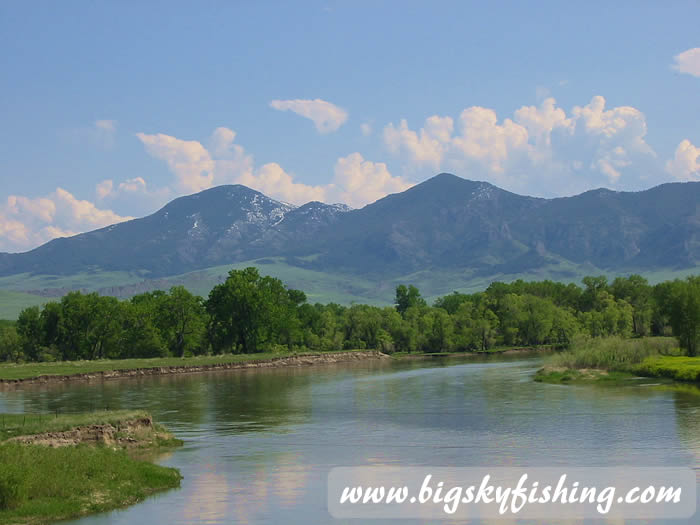
For 1954-2000, the annual mean flow at Bismarck was 23,170 cubic feet per second. Before the construction of Garrison Dam, the maximum peak streamflow measured at Bismarck was 500,000 cubic feet per second on April 6, 1952. Army Corps of Engineers built the dams, in part, to control flooding on the Missouri River. The current in the tributaries slow as the rivers flow into the Missouri, which usually makes it easy to paddle a mile or two upstream. Some of the accesses marked are on the Missouri, bur others are up a tributary. During low water, islands and sandbars are great places to camp, fish or picnic. Joseph and Hermann gauges also have temperature and other water quality. The Missouri offers plenty of day and overnight floats. Louis, Missouri, in den Mississippi mündet.Der Fluss entwässert eine dünn besiedelte, halbtrockene Wasserscheide von mehr als 1.300. This is also the best way to access historic data for specific gaging stations. Der Missouri River ist der längste Fluss in Nordamerika.Der Missouri entspringtin den Rocky Mountains im Westen von Montana und fließt 3.767 km nach Osten und Süden, bevor ernördlich von St. The Missouri River Basin stretches from the Rocky Mountains in Montana and runs through all of South Dakota and Nebraska. USGS Real-Time Gauge Heights - An easy way to see the current gauge heights and discharge for most gauges from Rulo, NE to St.

Garrison Dam, about 70 miles north of Bismarck, was built in 1953 as part of a system of dams and reservoirs located on the Missouri River in Montana, North Dakota, and South Dakota. Missouri River Levels and Basin Conditions. These free-flowing river miles are located in the reach just below Garrison Dam and upstream from Lake Oahe (formed by a Oahe Dam located in South Dakota). Of the original 390 Missouri River miles in North Dakota, about 80 miles remain free-flowing. The Missouri River Basin is comprised of seven major subbasins and drains about 34,000 square miles or about 48 percent of the State's total area. The Missouri River is the largest river in North Dakota and accounts for 80 percent of the total mean streamflow in the State.


 0 kommentar(er)
0 kommentar(er)
